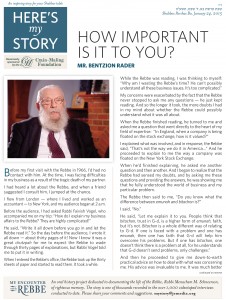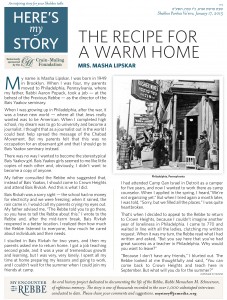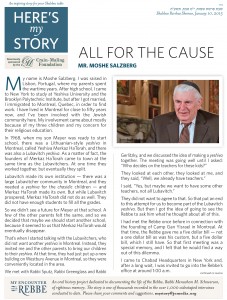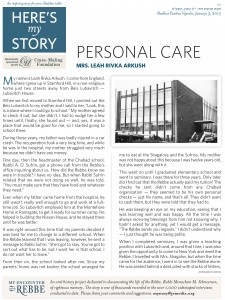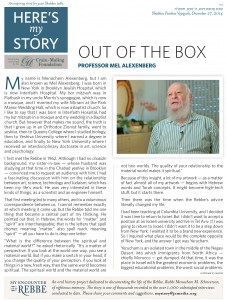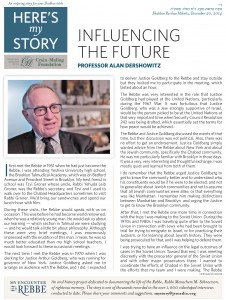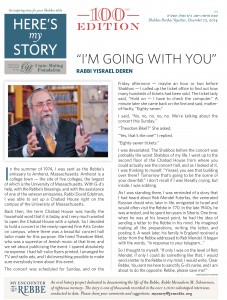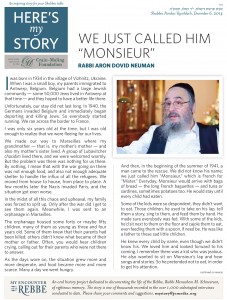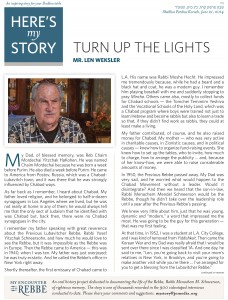HMS: The Shabbos Mevorchim Kiddush
In the early 1940s, when I was about fifteen or sixteen, my family moved from Coney Island to Crown Heights. We didn’t move to Crown Heights because it was the seat of Chabad-Lubavitch – we were not Lubavitch, so that did not attract us at all. As a matter of fact, there were very few Lubavitchers in Crown Heights at that time, but the Lubavitcher Rebbe – the Previous Rebbe, Rabbi Yosef Yitzchak – lived there, and he had just established his headquarters at 770 Eastern Parkway.
Once we were living in the neighborhood, for one reason or another, my father took a liking to the Lubavitchers, and he began to attend prayer services at 770. At that time, I was enrolled in Yeshiva Torah Vodaas, but when I heard that a yeshiva for my age group was about to open at Lubavitch, I decided that I wanted to enroll.
But my father had misgivings about this. He said, “You’re an American kid, you’re not going to succeed in a chasidic yeshiva. It’s not like the yeshivas you’re used to – it’s a European yeshiva, not an American yeshiva.”
I said, “Well, they speak Yiddish at Torah Vodaas, and they’ll speak Yiddish at the Lubavitch yeshiva.”
My father said, “If you want to go, it’s okay with me – just be prepared that you may find it unpleasant.” But I didn’t find it unpleasant at all.
Meanwhile, my father’s minyan in the Lubavitch shul had expanded to include other men who were not chasidim. My father came to know these people because they would all sit down to make a kiddush together after Shabbos prayers. This was not a Lubavitch custom – the Lubavitchers went home, but these men stayed behind.
And that brings me to a story I want to tell about Rabbi Yosef Yitzchak, the Previous Rebbe, and also about the future Rebbe, who was then the Rebbe’s son-in-law. We knew him as Ramash – an acronym for Rabbi Menachem Mendel Schneerson. (more…)



